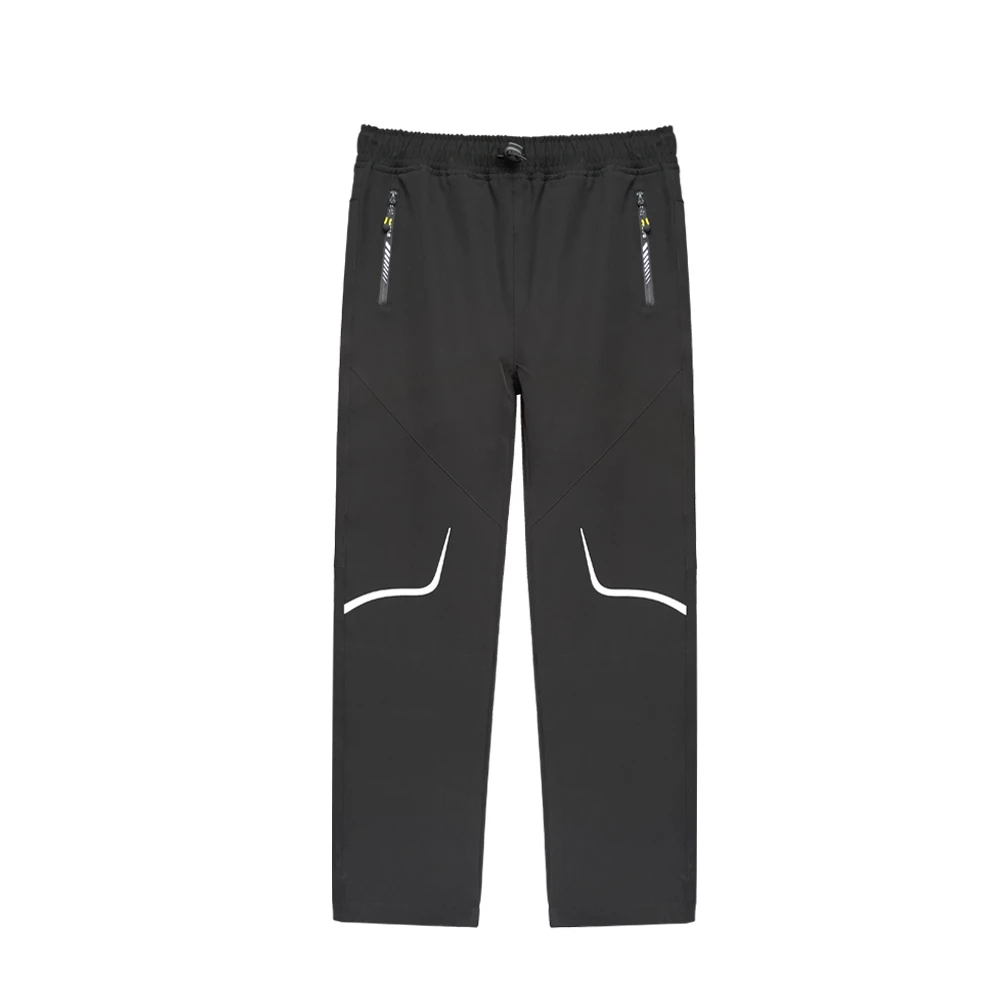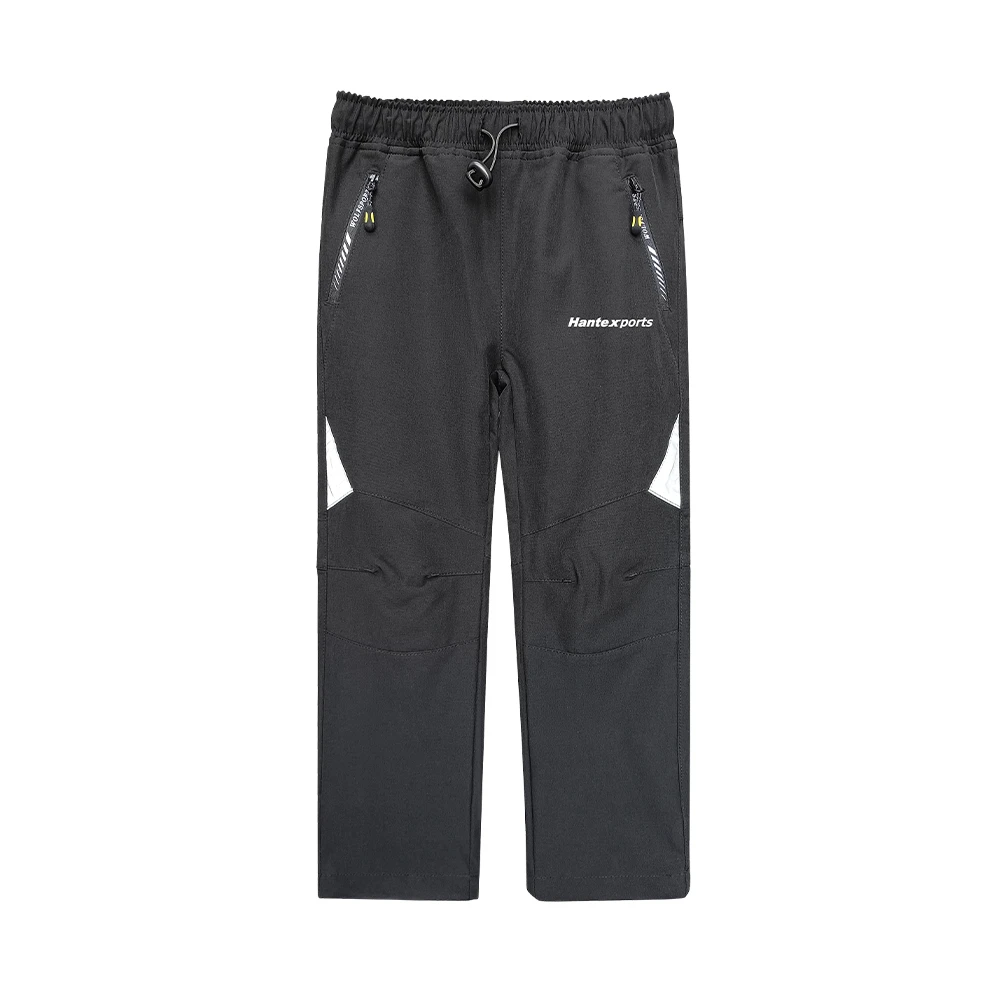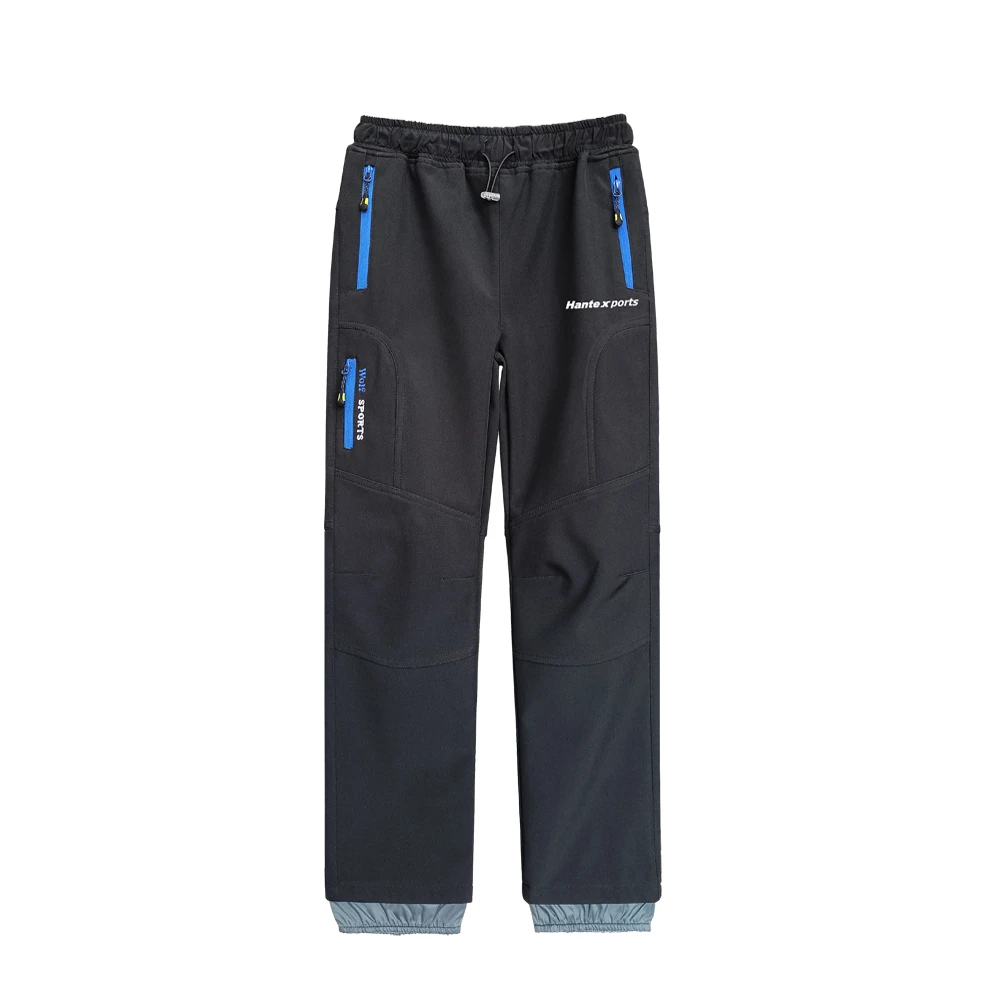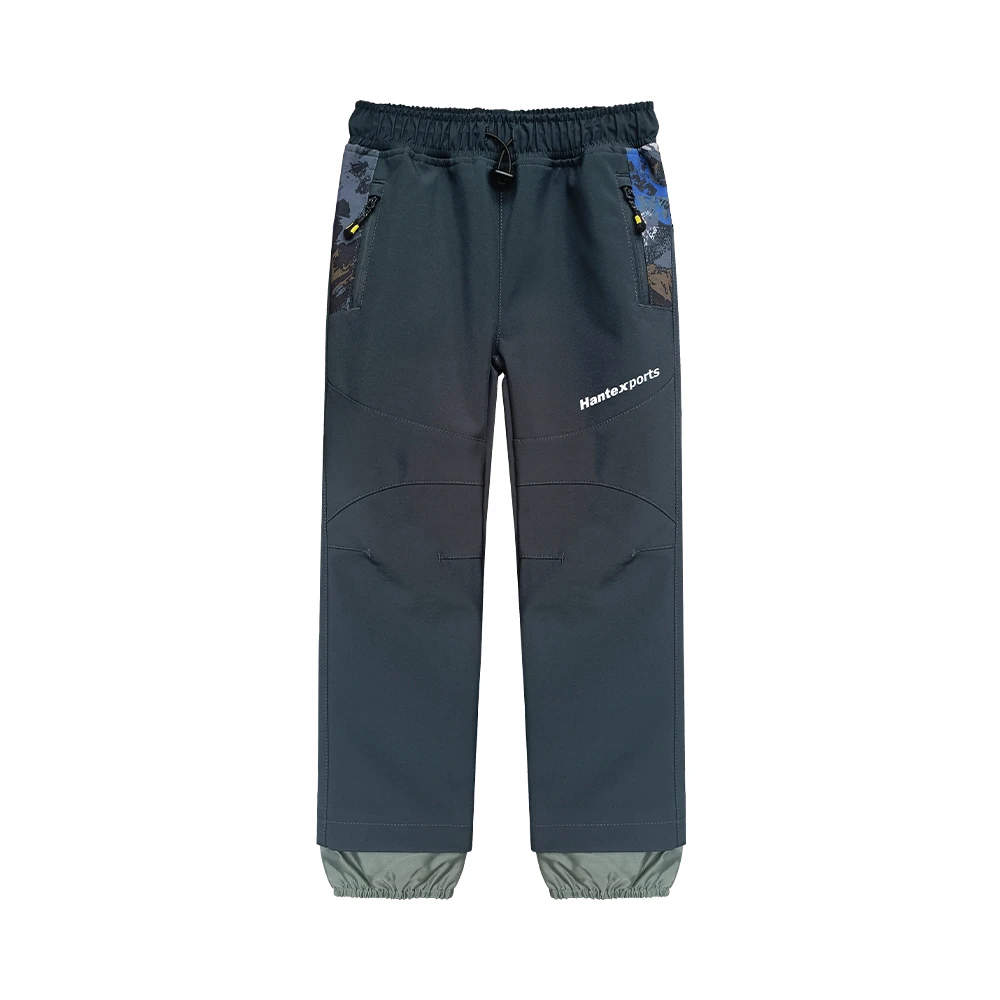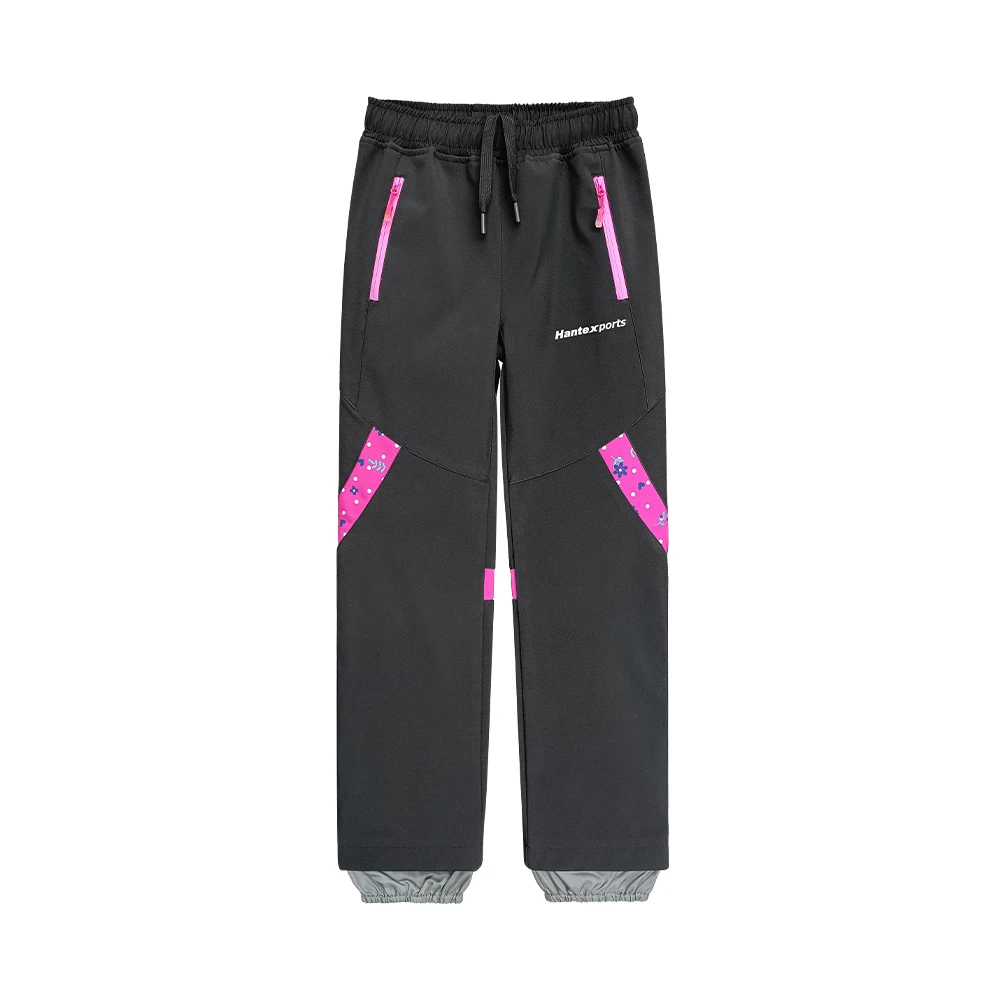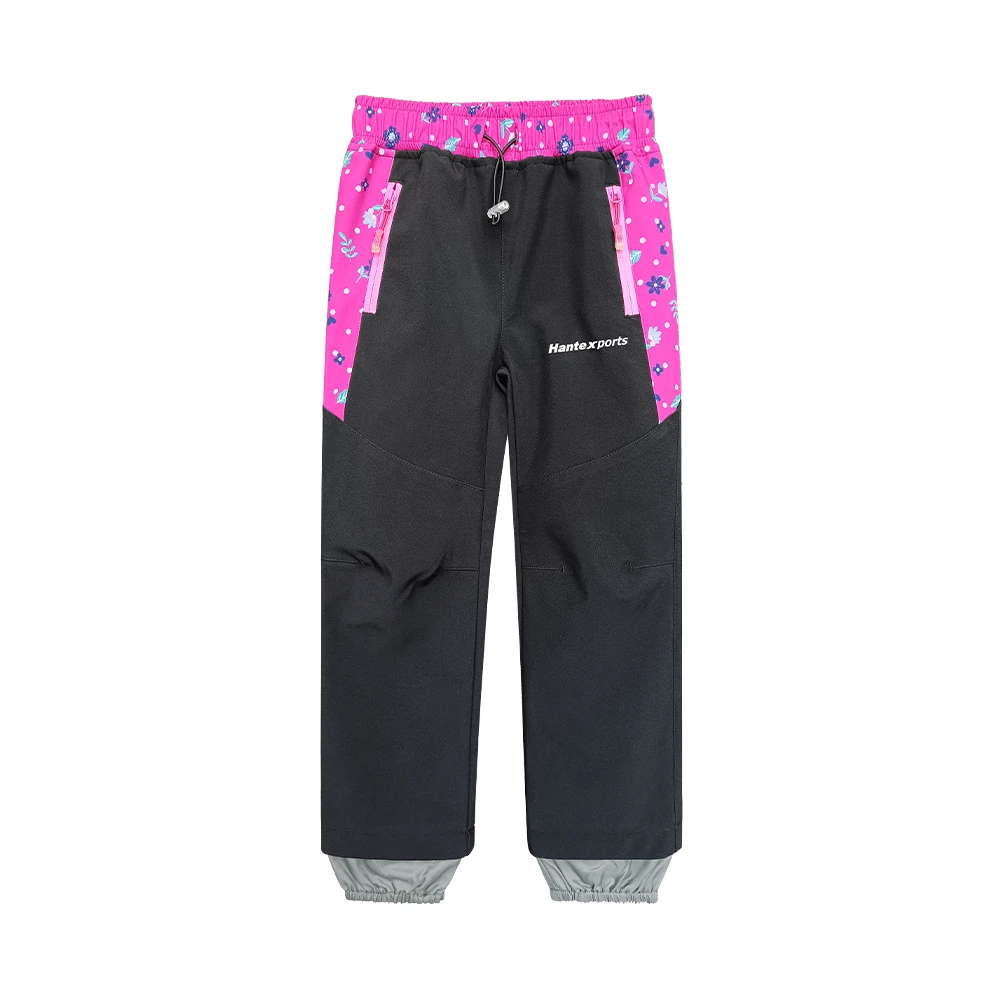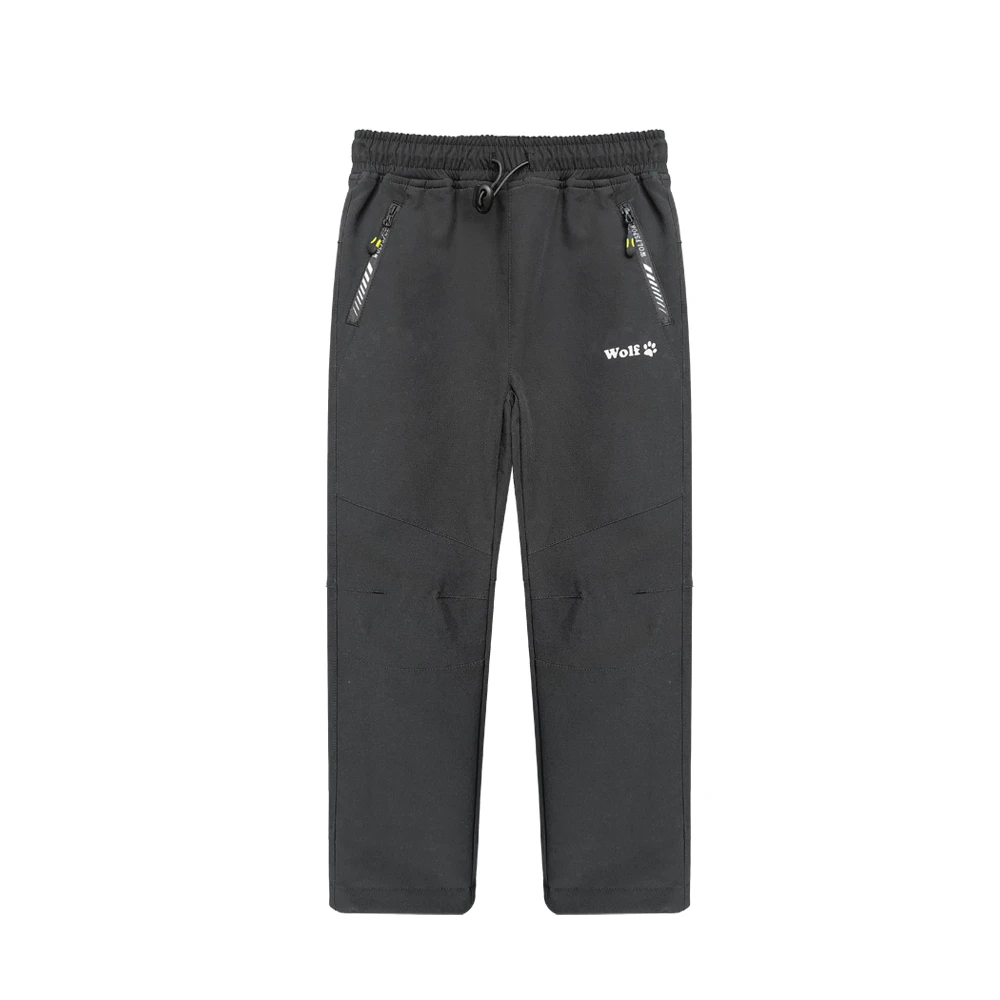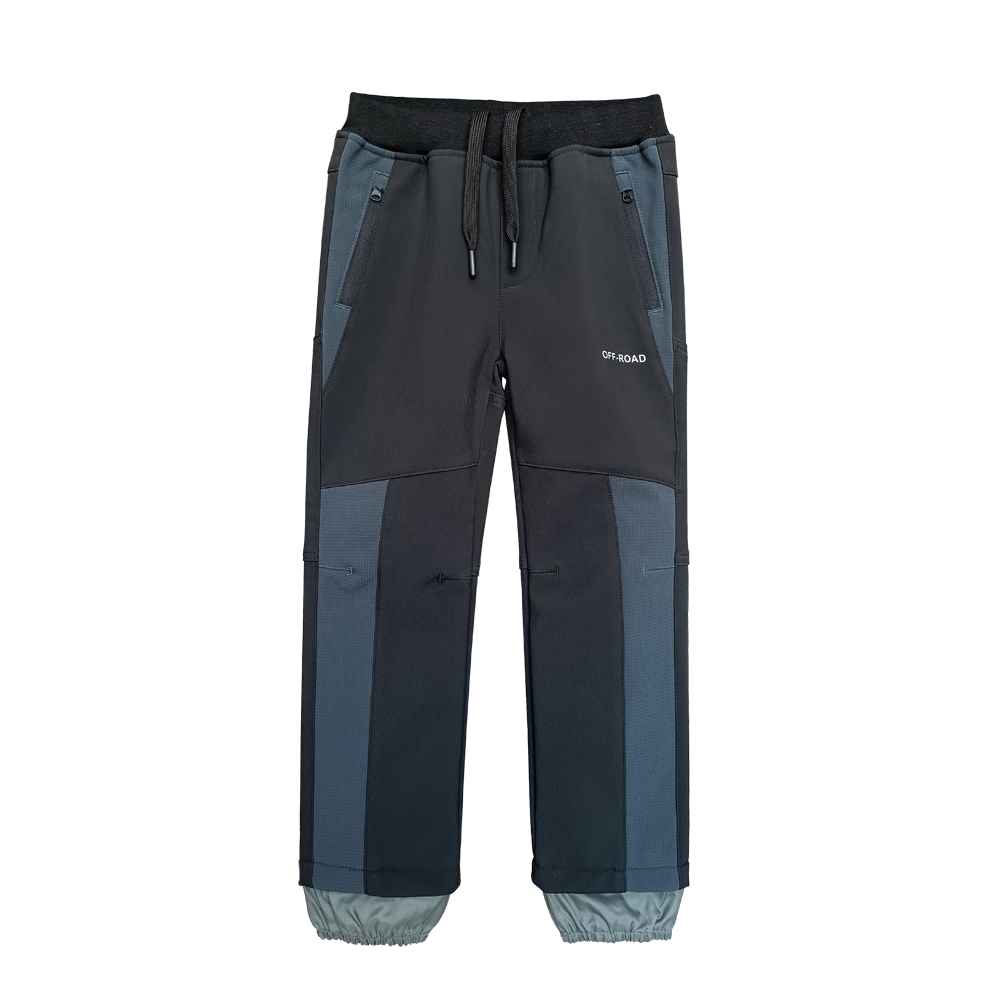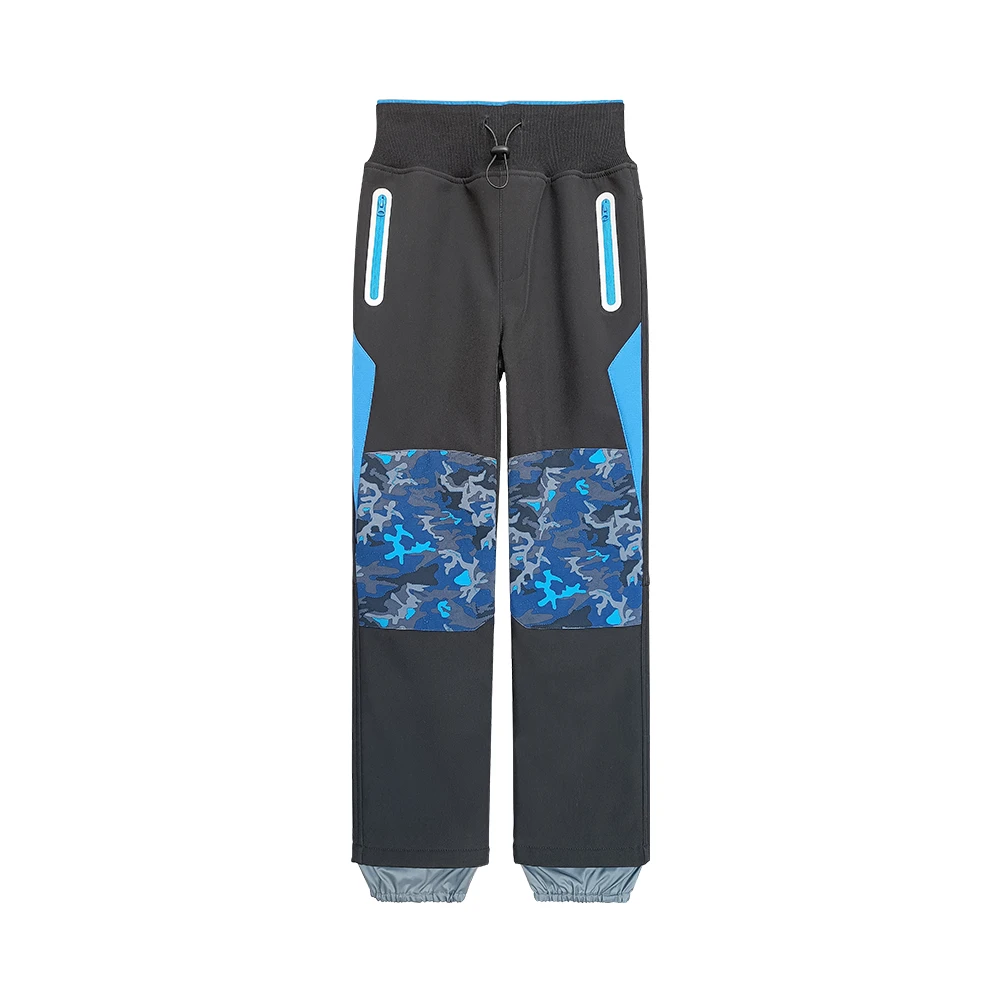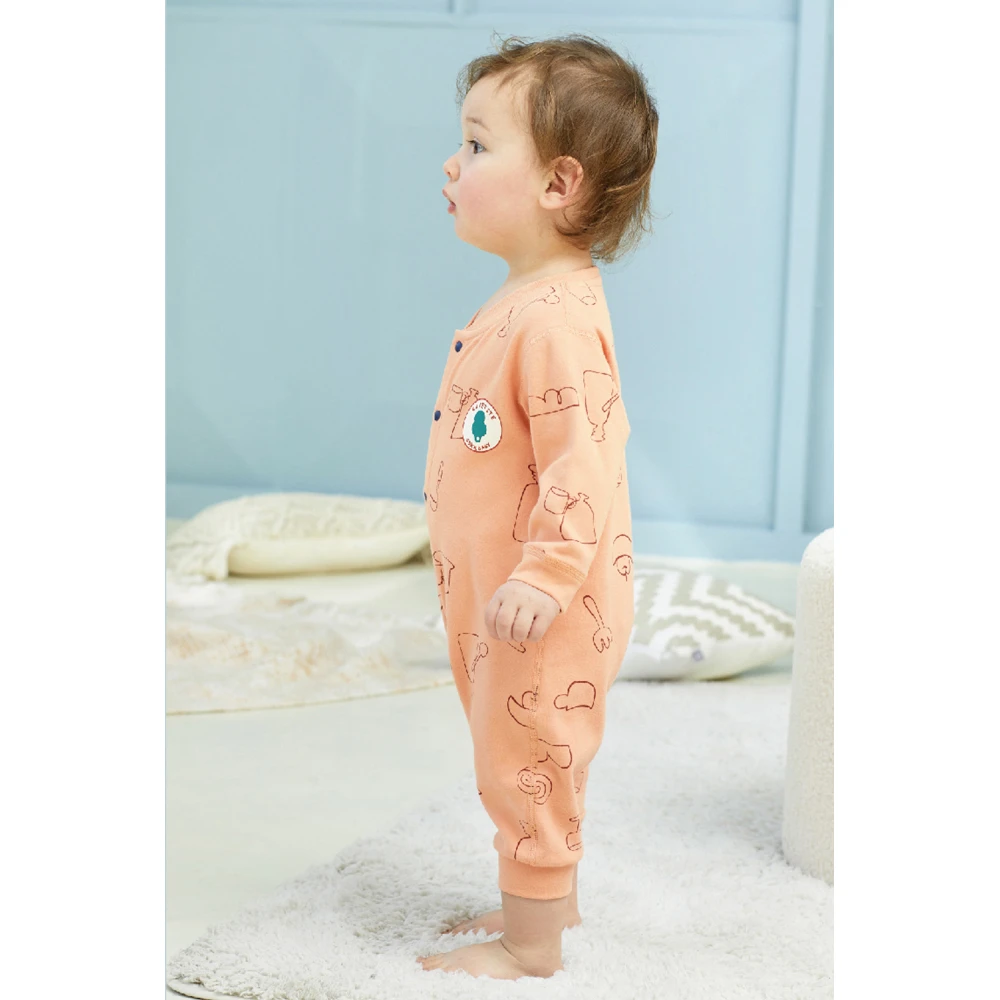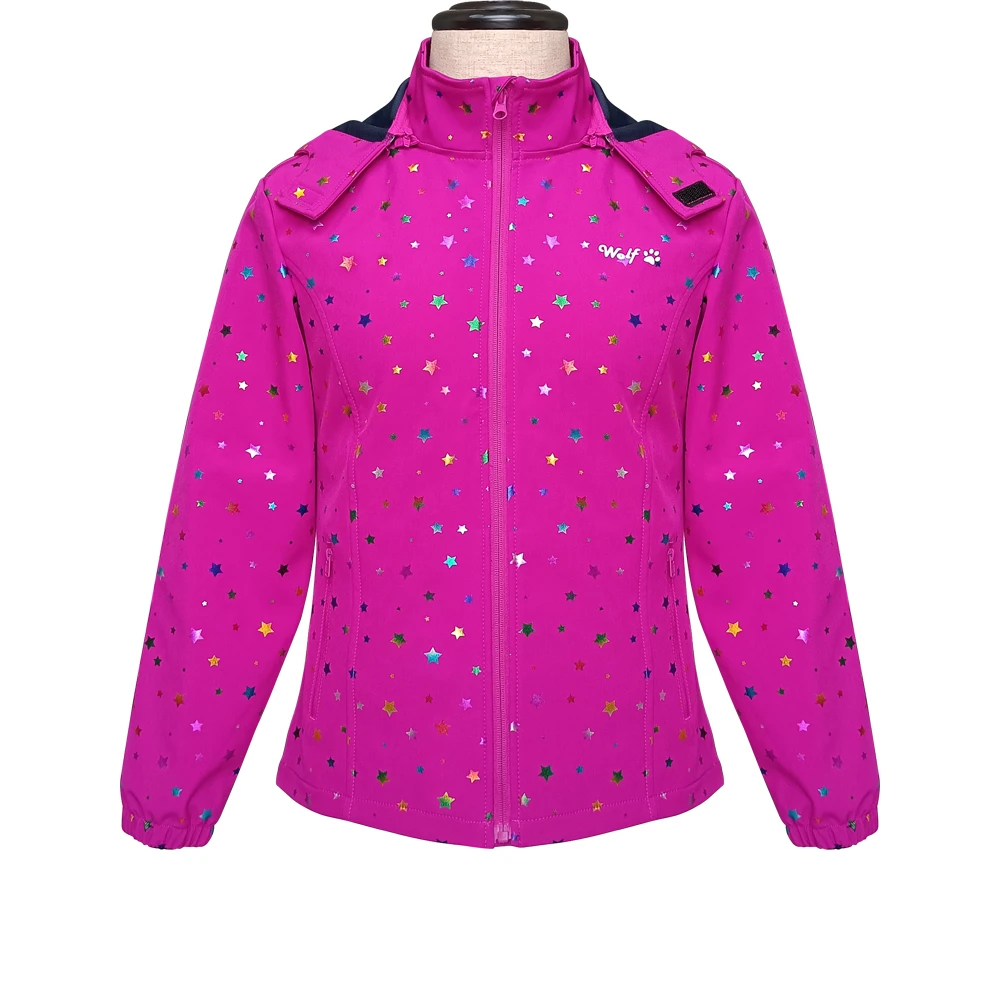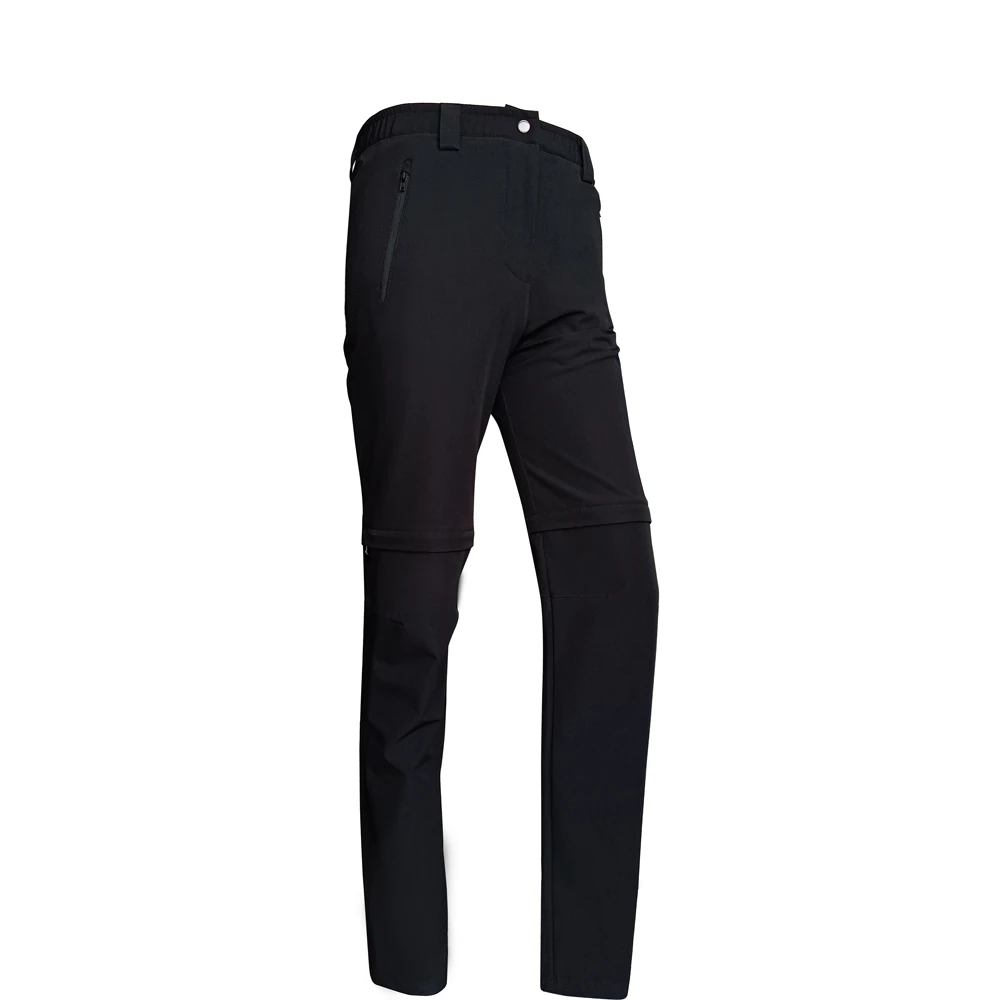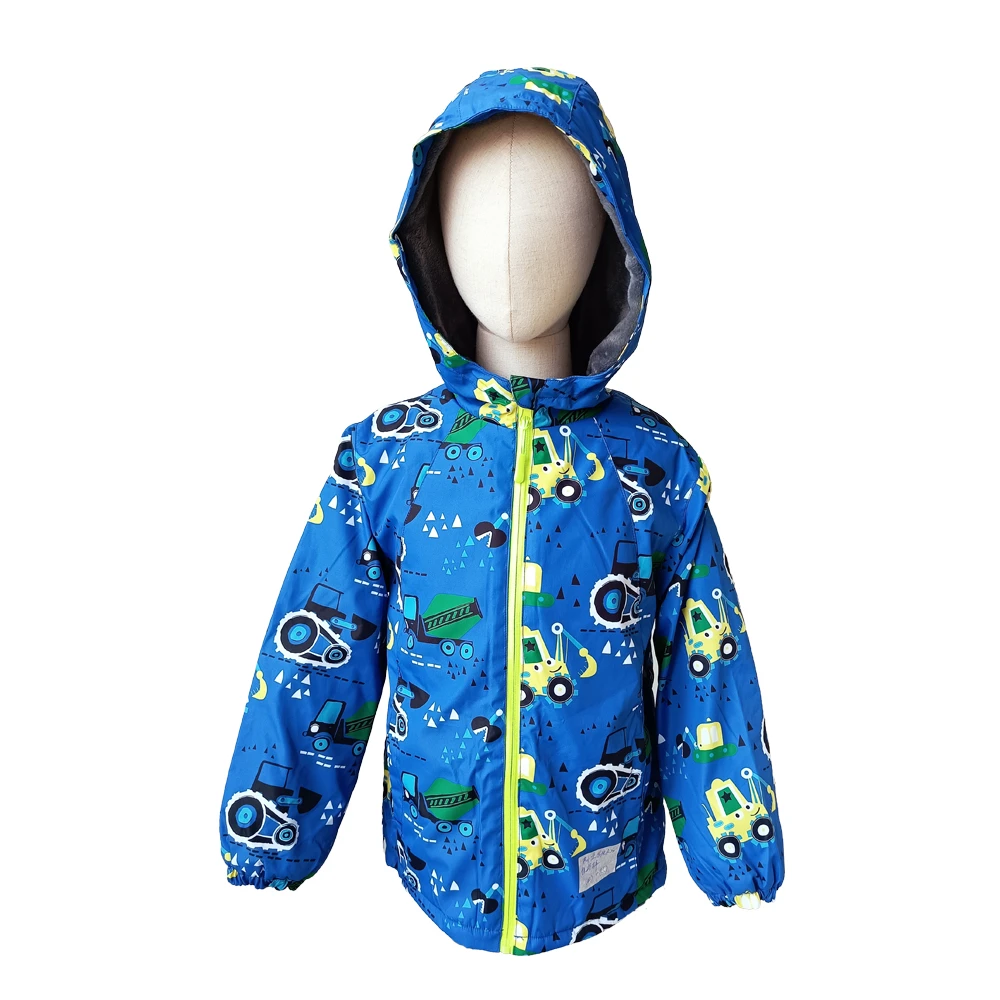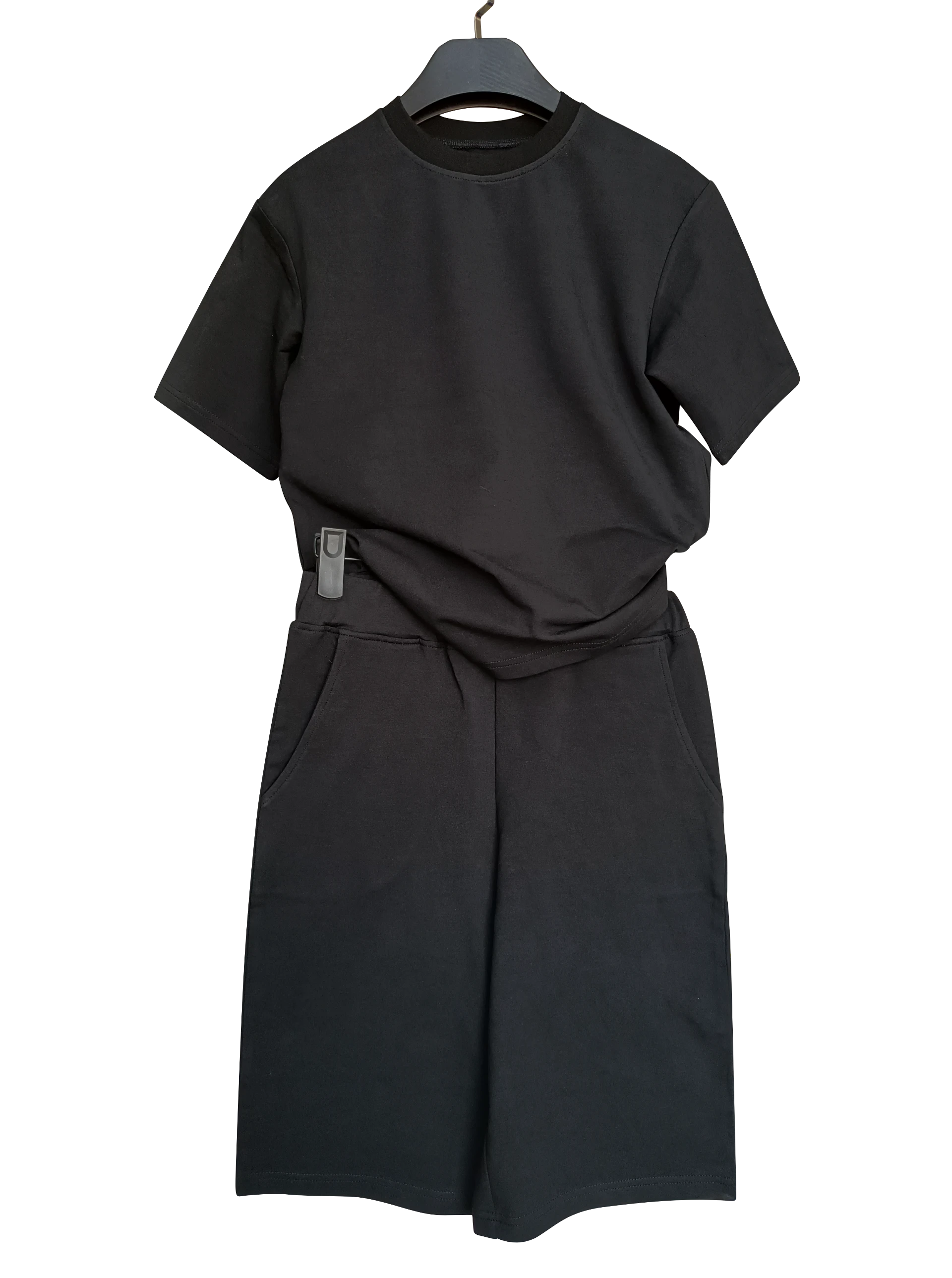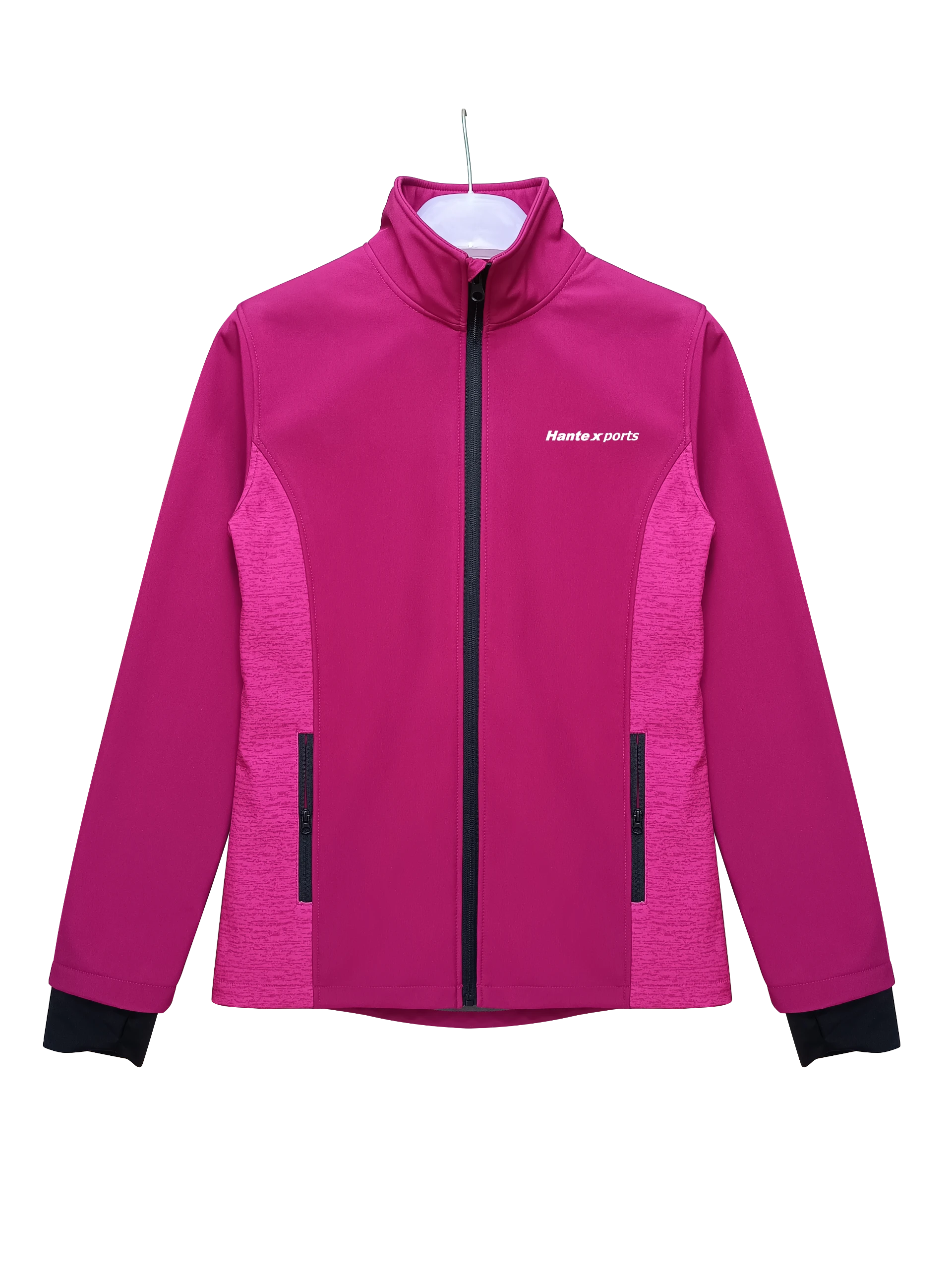Embracing Warm Workwear The Key to Comfort and Productivity
As the temperatures drop and the winter season approaches, the necessity for warm workwear becomes increasingly apparent. Whether you’re working outdoors or in a chilly industrial environment, having the right clothing is critical for maintaining comfort and ensuring productivity. This article explores the essential elements of warm workwear and offers tips on how to choose the best options for your needs.
Understanding Warm Workwear
Warm workwear encompasses a range of clothing items designed to provide insulation and protection against cold weather. This type of clothing often includes jackets, thermal layers, insulated pants, gloves, hats, and boots, all crafted with materials that trap heat while allowing moisture to escape. The goal is to keep workers warm without compromising their range of movement or safety.
Key Features to Look For
When selecting warm workwear, several features should be considered
1. Insulation Material Look for materials like down, fleece, or synthetic blends that provide excellent insulation. Down offers great warmth-to-weight ratio, while synthetic options tend to dry faster and perform well in wet conditions.
2. Water Resistance Depending on your work environment, waterproof or water-resistant clothing can be crucial. Fabrics treated with durable water repellent (DWR) coating can prevent moisture from seeping in while remaining breathable.
3. Layering System An effective warm workwear solution often involves a layering system. Start with a moisture-wicking base layer to keep sweat away from the skin, followed by an insulating mid-layer for warmth, and finish with a protective outer layer to guard against wind and precipitation.
warm workwear

4. Functional Design Look for workwear that includes practical features such as adjustable cuffs, hoods, and pockets for tools or personal items. Reflective strips are also critical for visibility in low-light conditions.
5. Fit and Mobility Clothing should fit well without being restrictive. Look for designs that allow for easy movement, such as articulated knees or pre-curved sleeves. This is particularly important in physical jobs where bending and stretching are necessary.
Tips for Choosing the Right Warm Workwear
1. Assess Your Environment Consider the specific conditions of your workplace. Are you exposed to wind, rain, or extreme cold? Your workwear should be tailored to meet these challenges.
2. Invest in Quality While it can be tempting to opt for cheaper options, investing in high-quality warm workwear often pays off in the long run. Durable materials will withstand the rigors of daily wear and tear, saving you money and discomfort over time.
3. Prioritize Comfort Don't sacrifice comfort for warmth. Ensure that your workwear allows for full range of motion and fits well. Uncomfortable clothing can lead to distractions and decreased productivity.
4. Layer Wisely Understand the concept of layering. Pack extra layers for particularly cold days, but be mindful of bulkiness that can hinder movement.
5. Seek Recommendations Look for brands known for their durability and warmth. Reviews and recommendations from colleagues or industry experts can Guide you in making the right choice.
In conclusion, warm workwear is essential for maintaining comfort, safety, and productivity in cold working environments. By understanding the key features to look for and following a few simple tips, you can ensure that you are well-prepared to tackle any chilly day that comes your way. Remember, investing in the right clothing not only benefits you but also enhances your overall job performance. Embrace winter with the right warm workwear, and you’ll find yourself feeling comfortable and ready to conquer any task at hand.
